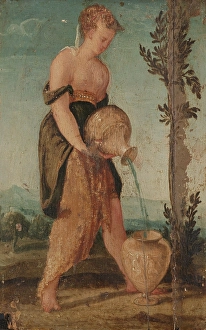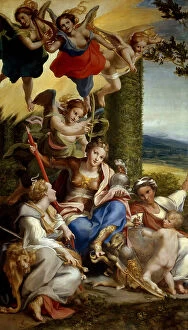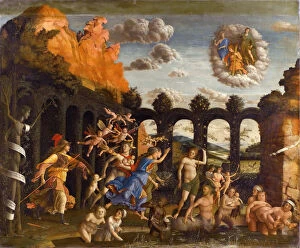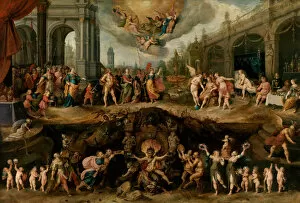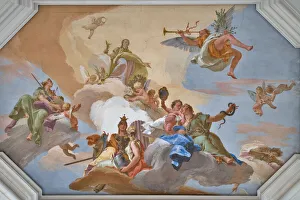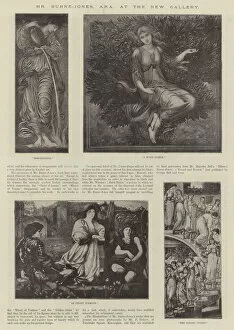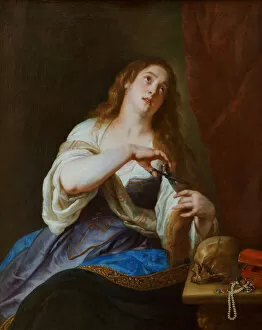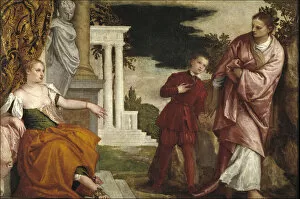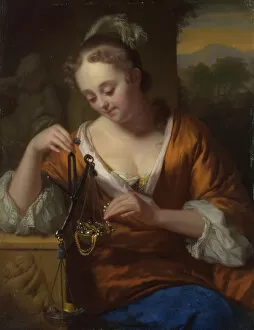Temperantia Collection
"Temperantia: The Virtue of Balance and Self-Control" In the realm of art, the concept of "temperantia" is beautifully depicted through various masterpieces
All Professionally Made to Order for Quick Shipping
"Temperantia: The Virtue of Balance and Self-Control" In the realm of art, the concept of "temperantia" is beautifully depicted through various masterpieces. One such portrayal is found in Pesellino's painting from the 15th century, where a woman stands gracefully with a water jug, symbolizing temperance. Her bare breasts signify purity and vulnerability as she pours water with measured restraint. Moving forward to the 18th century, an engraving by Mr Burne-Jones captures Fame standing among the Cardinal Virtues, announcing the triumph of glory. Temperantia shines amidst this scene as one of these virtues that guides individuals towards balance and moderation. The theme continues with Andrea Mantegna's artwork depicting Minerva Expelling Vices from the Garden of Virtue. Here, temperantia plays a crucial role in purging vices and maintaining harmony within oneself. Domenico Tintoretto's painting titled "The Prosperity" showcases how embracing temperance leads to abundance and success in life. It reminds us that self-control paves the way for prosperity. Caspar de Crayer's depiction of The Repentant Mary Magdalene highlights how temperance can transform lives. Through her repentance and self-restraint, Mary finds redemption and spiritual growth. Paolo Veronese explores the struggle between virtue and vice in his artwork featuring a young man caught between these opposing forces. Temperantia acts as a guiding light for him to make wise choices on his path towards righteousness. Antonfrancesco Guidi’s masterpiece portrays The Seven Virtues during the Renaissance period when temperance was highly valued. This painting serves as a reminder that practicing moderation ensures moral integrity in all aspects of life. Godfried Cornelisz Schalcken’s Allegory of Virtue and Riches demonstrates how temperance allows one to strike a harmonious balance between material wealth and moral values. It emphasizes the importance of not succumbing to greed or excess.

